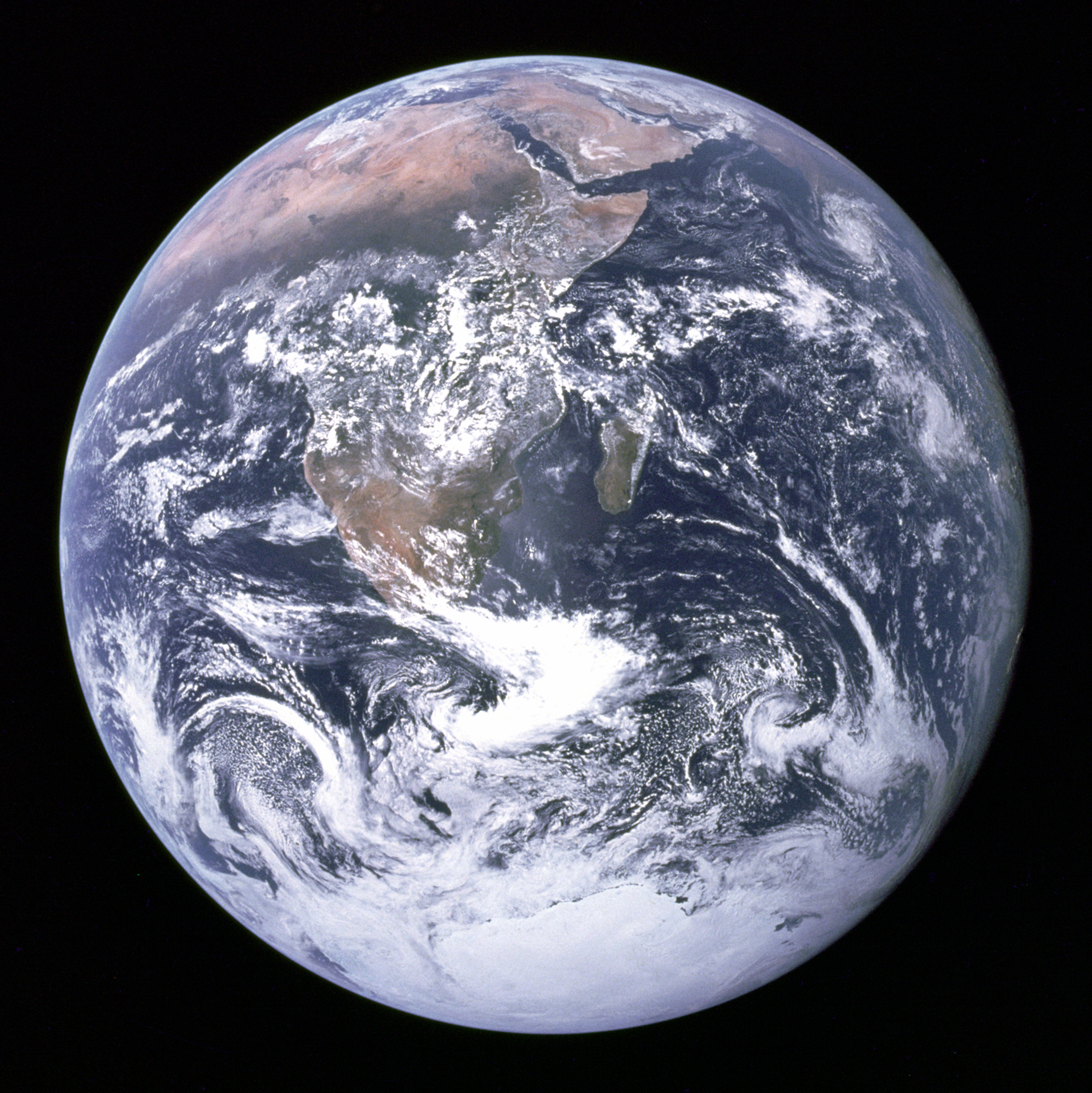Our Solar System
This is an educational cache series based on one in Auckland, NZ which was great fun, and actively interesting.
The basis of the cache series is to understand the relative orbits of the planets around our sun. The Sun is the Solaris Sundial located in Argyle Court in Carlton. An amazing area and a great way to pass the time. You in fact will never be without the time again at this location.
The premise of the series is the AU or Astronomical Unit. It is the (average) distance from the Sun to the Earth. This approximately 149,600,000 km, so the map you will describe when visiting the caches is a 1:149,600,000 scaled representation of the solar system, thus 1AU is 1km. You will find each of the planets in their (approximate) place at a distance from the Solaris Clock.

Each cache in the series is a planetary body. These of course are:
Purists and astrophysicists may also argue that the asteroid belt and Kuiper belt are also worth mentioning, as are some of the other planetoids. For the sake of this series, we will stick with the "main" ones. If you want to learn more though, who am I to stop you!
 Earth
Earth
This the third rock from the sun in our solar system.
To find out much more about the planet, visit the Wikipedia page. Although, hopefully you know a little bit about it by now...
Quick facts:
- Distance from Sun 1 AU
- Orbits the sun every 365.25 days
- Temperature averages 15 degrees Celsius, however this has varied substantially over the years and fluctuates with seasons and longer term human activity (although this is subject of conjecture by sceptics, scientists almost unanimously agree humans are effecting climate...).
- Not really names after anything, but extraterrestrial life forms may have an interesting name for it... If they exist.
- You could not live there... Well - OK, you could. Just be nice to the place and keep it that way.
- Has one moon - called "The Moon".